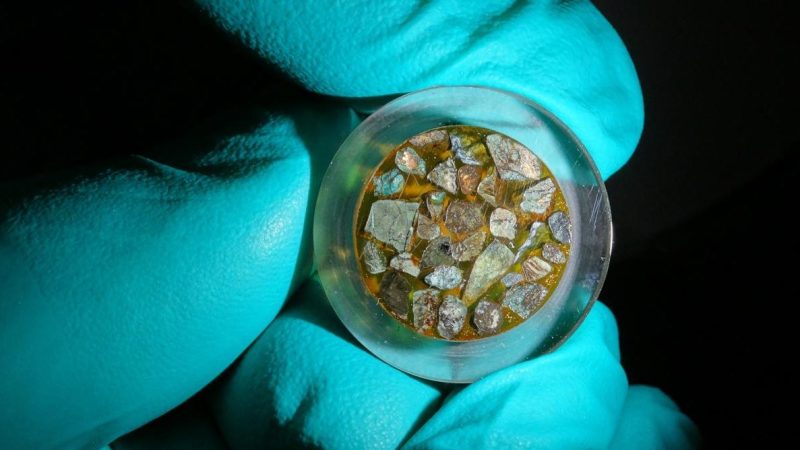
Miles beneath the deepest point on Earth, scientists are reporting evidence of life far deeper below the surface of the seafloor than previously deemed possible.
Research from a team of international scientists found the signs of life in mineral samples collected at the Mariana Trench, pushed up from deep below the surface via hydrothermal vents. The findings were published Tuesday in the academic journal, Proceedings of the National Academy of Sciences.
The samples contained microbes similar to those found in more accessible places, which leads scientist to believe they organisms are capable of living deeper than previously expected. Using data from prior studies, the team determined the minerals originated seafloor six miles (ten kilometers) below the seafloor, according to a press release published on Phys.org.
The mineral, called Serpentine, is formed when the rock from the upper mantle meets water pushed down along with tectonic plates. In the process, methane gas and hydrogen are produced and scientists think that’s enough to be a food source for the microbes.
Researchers acknowledge their findings don’t constitute certifiable proof, but they say the evidence suggest the possibility. They also argue it’s cause for further examination of similar samples.
—RealClearLife
This article was featured in the InsideHook newsletter. Sign up now.






















